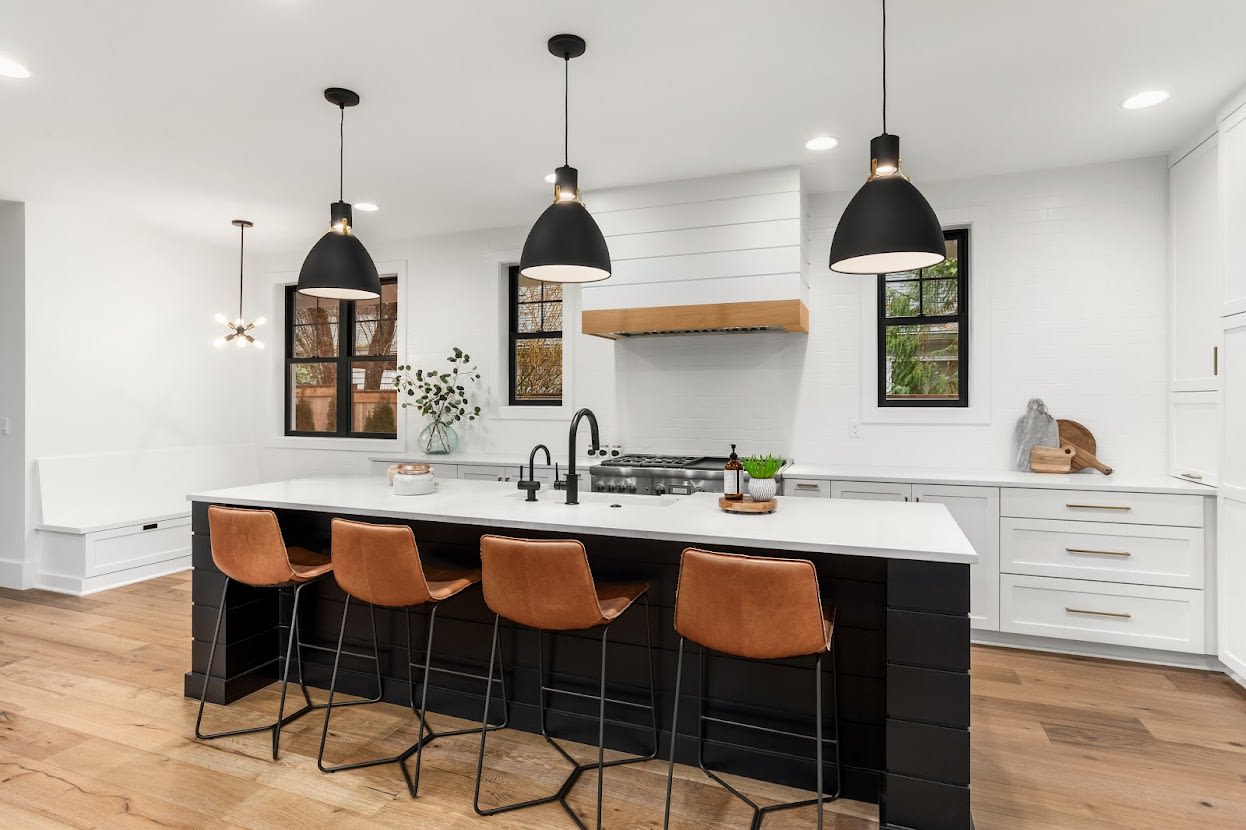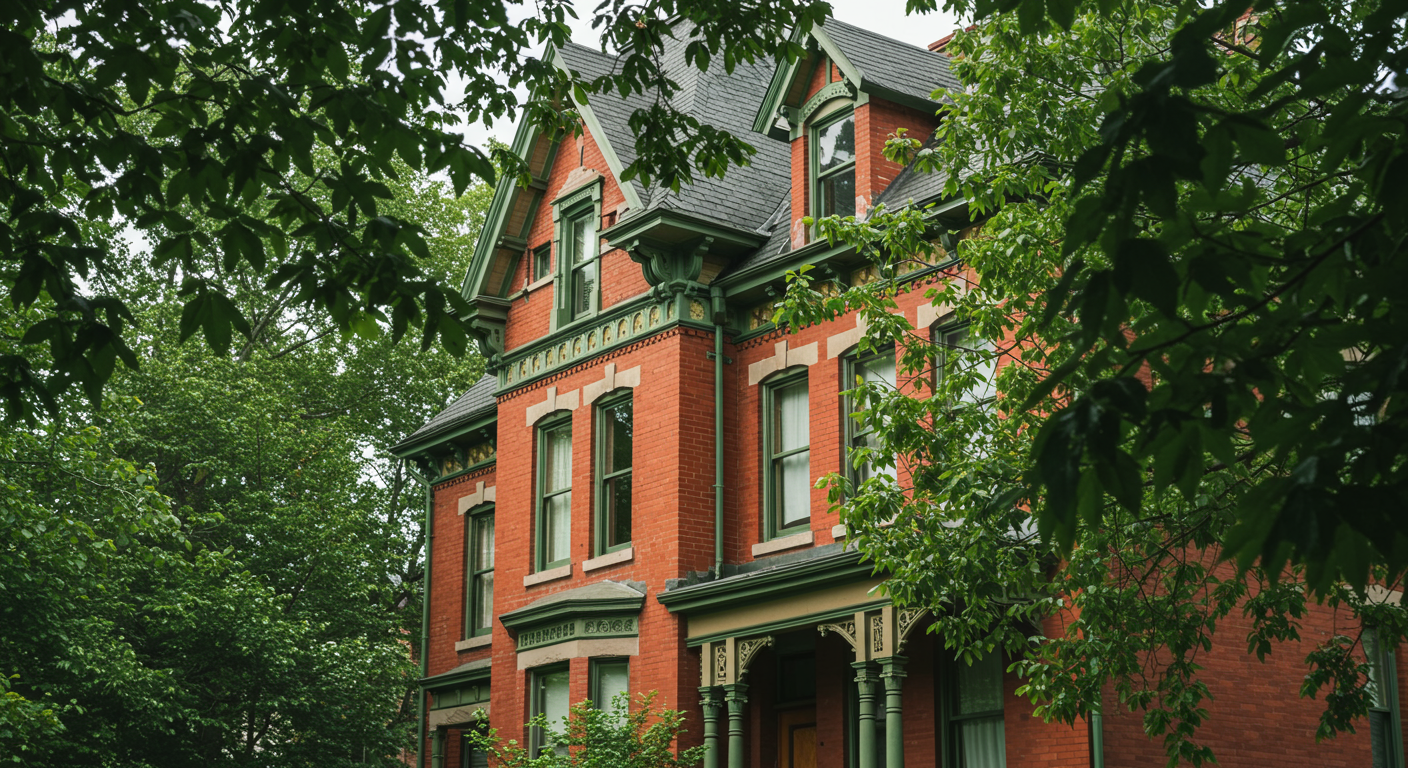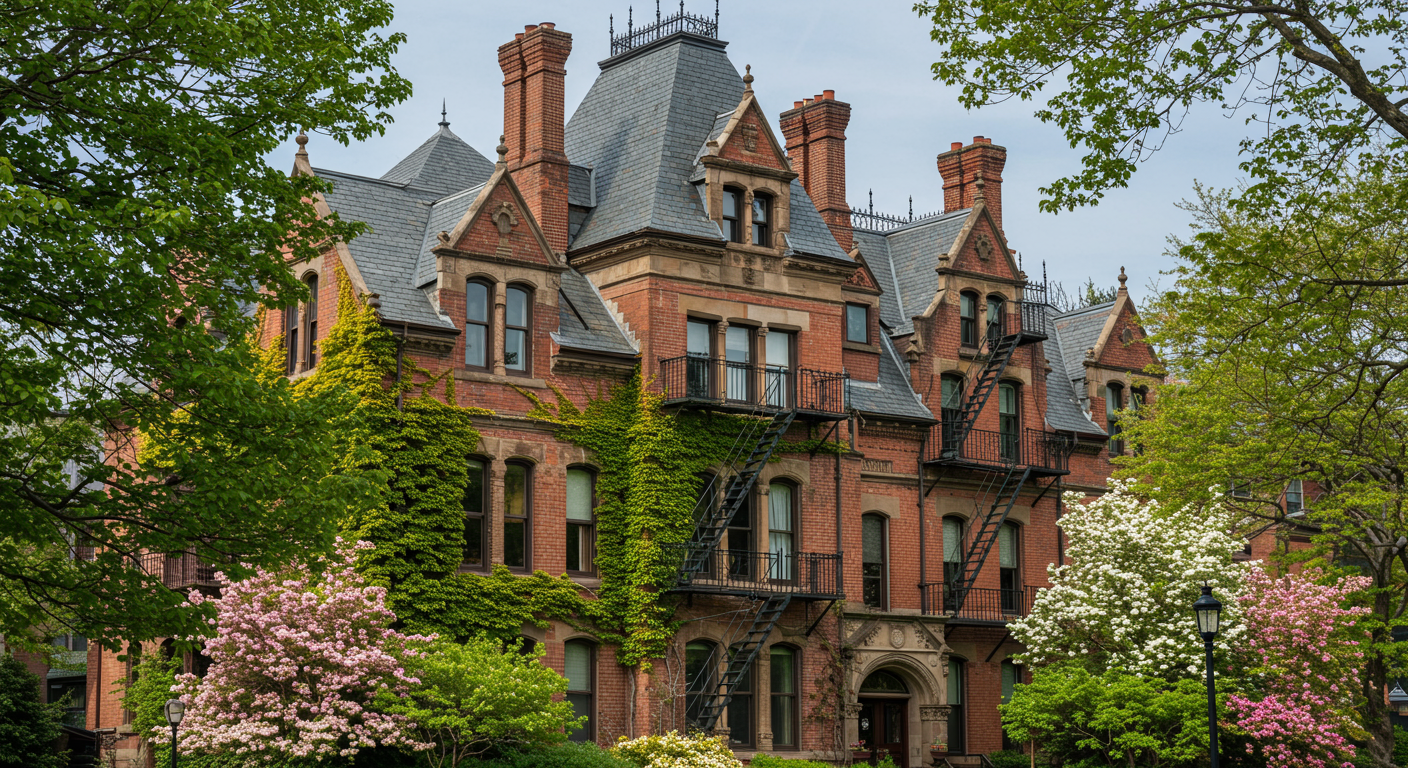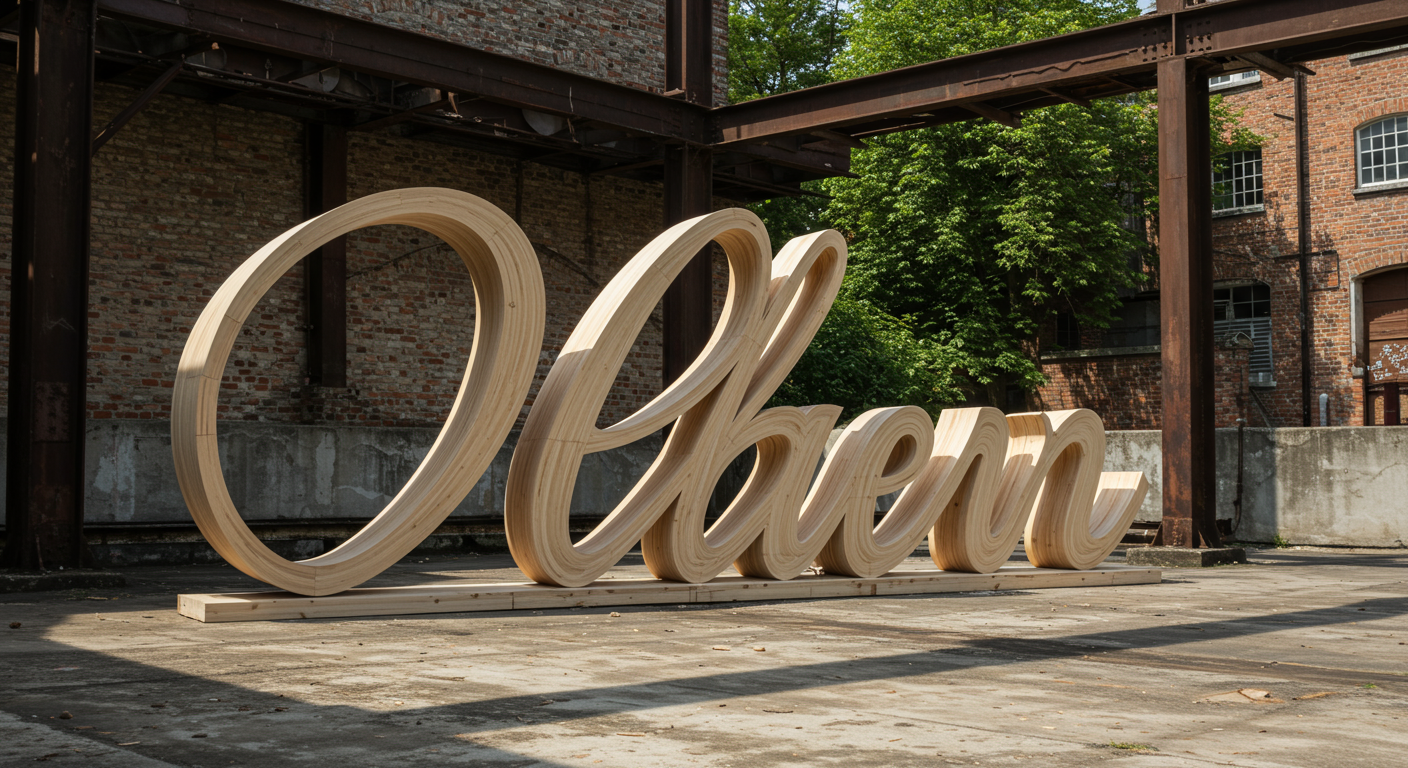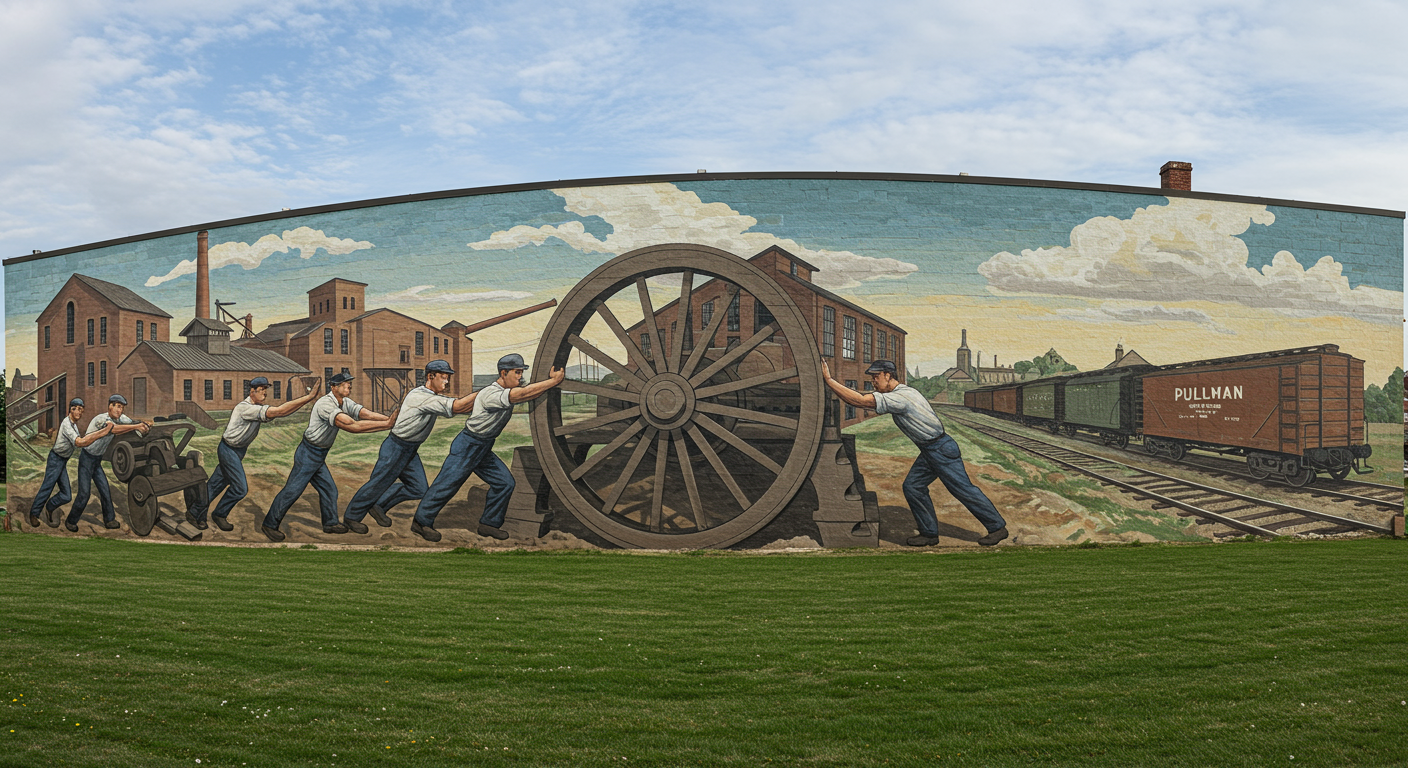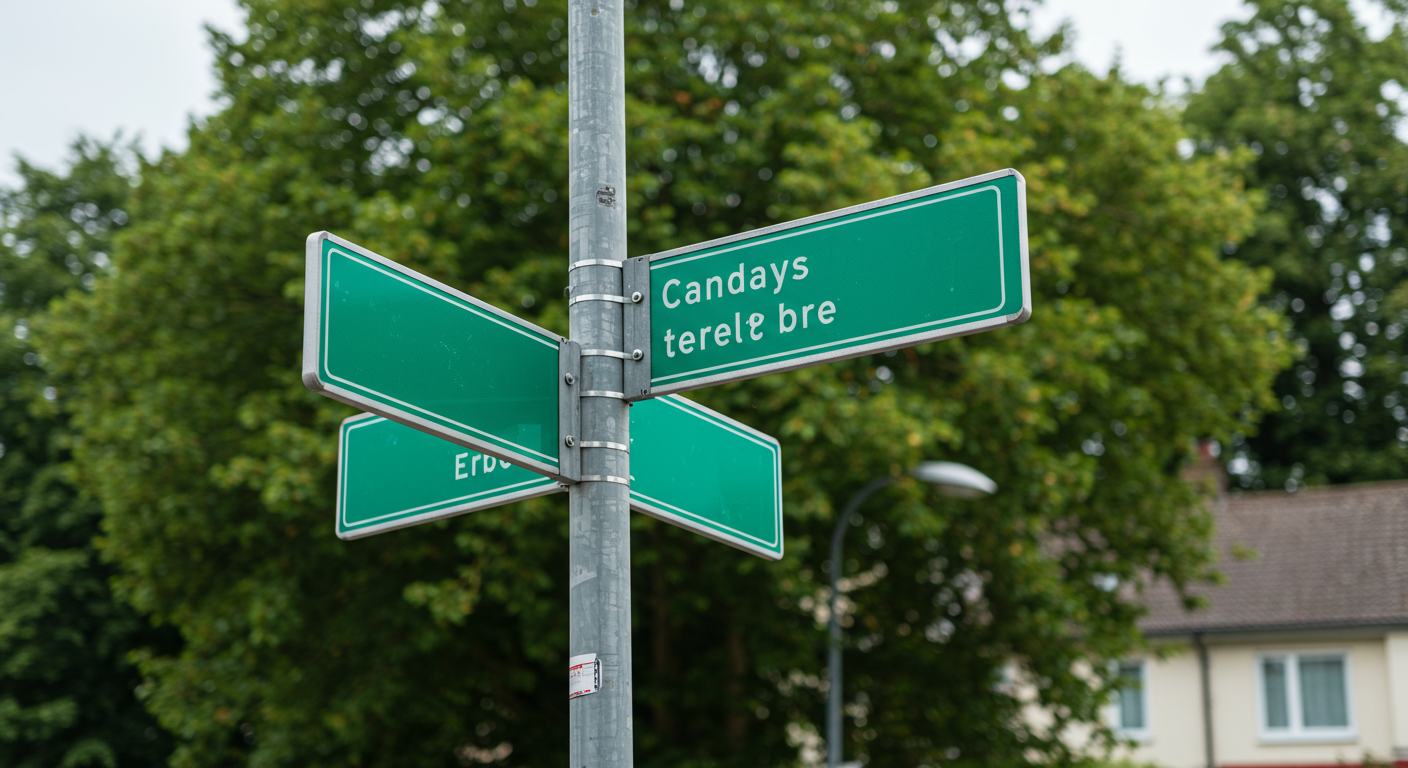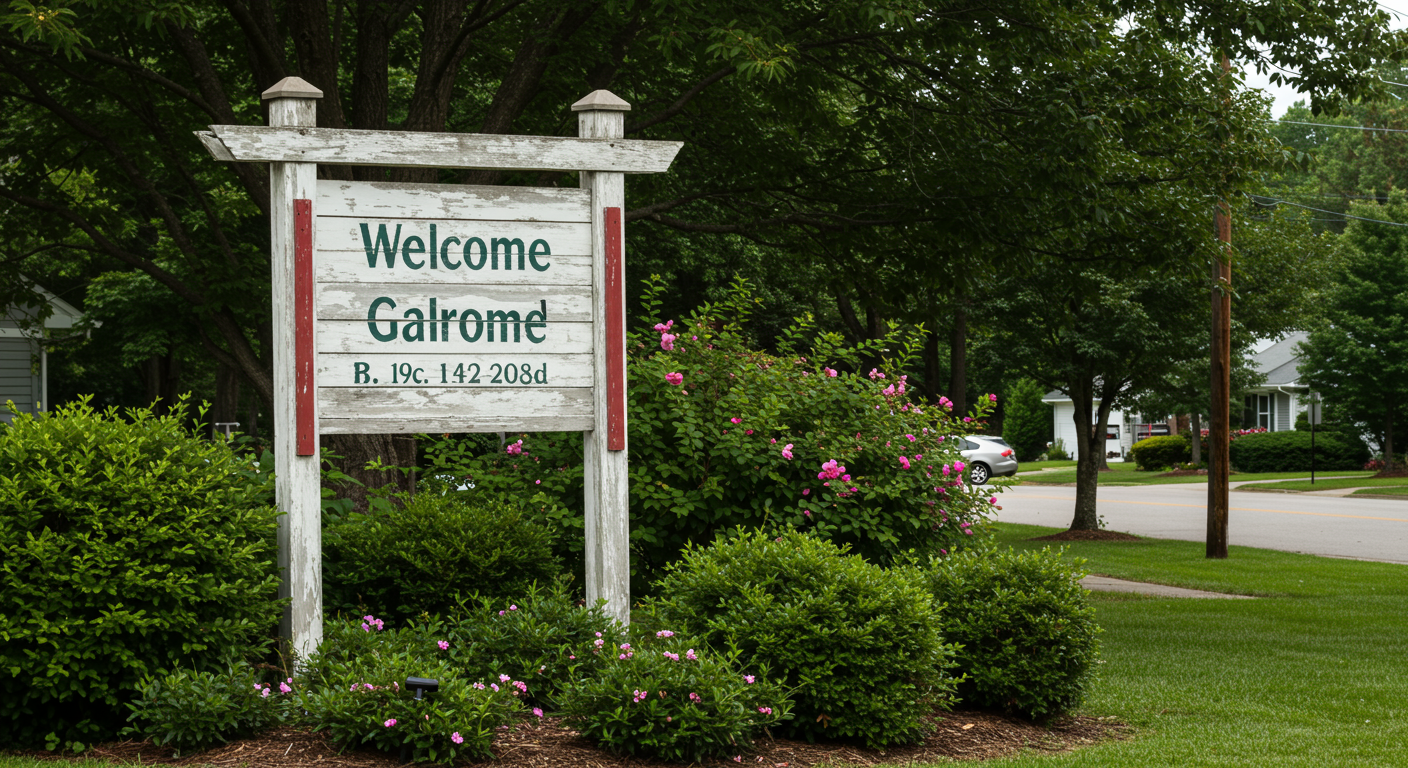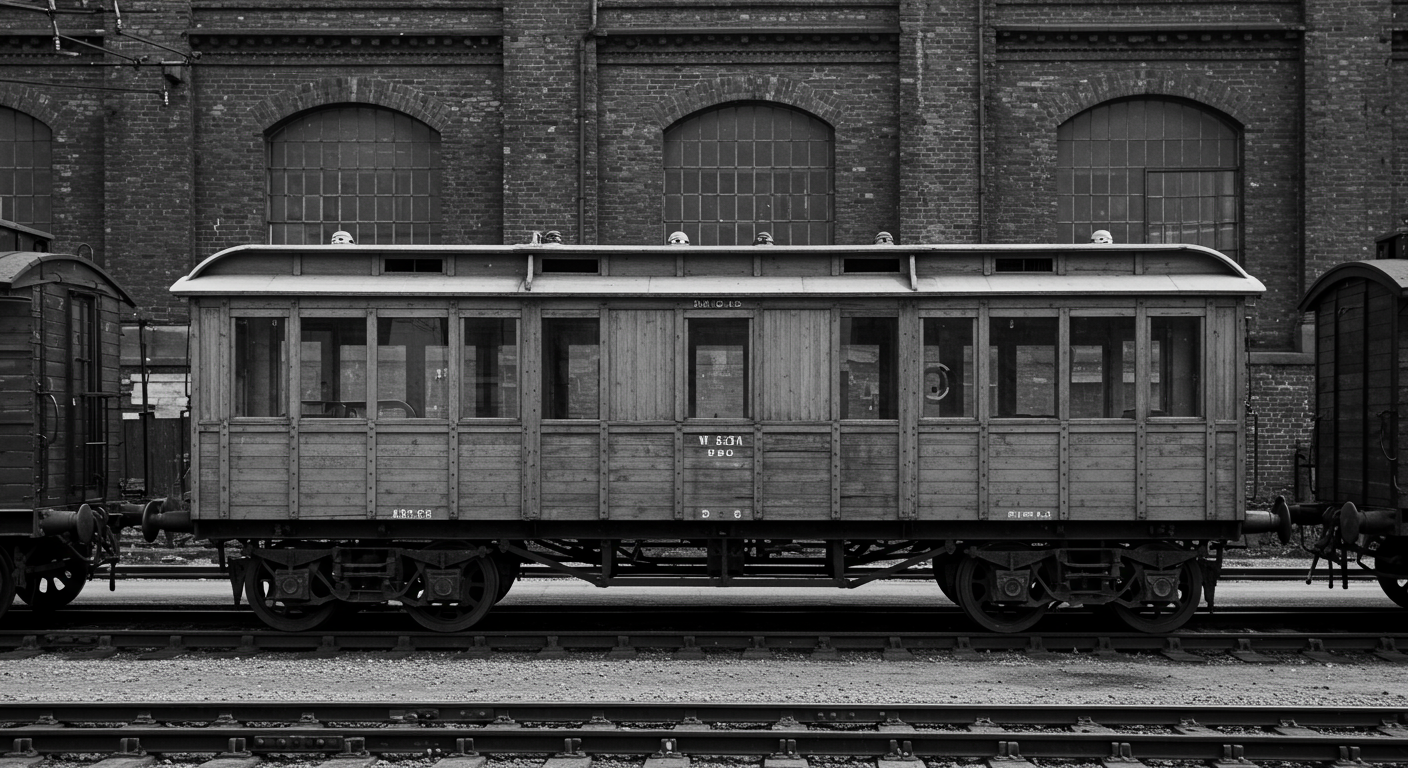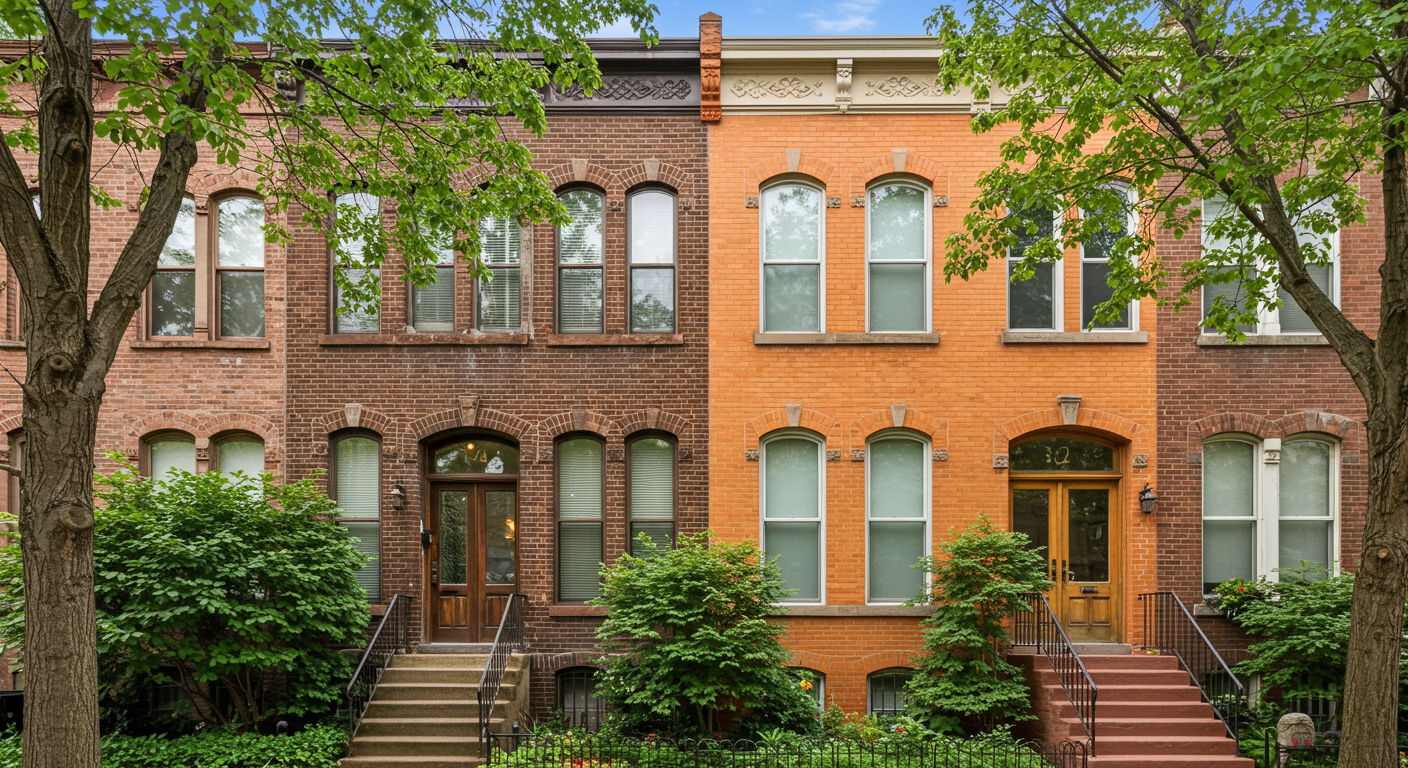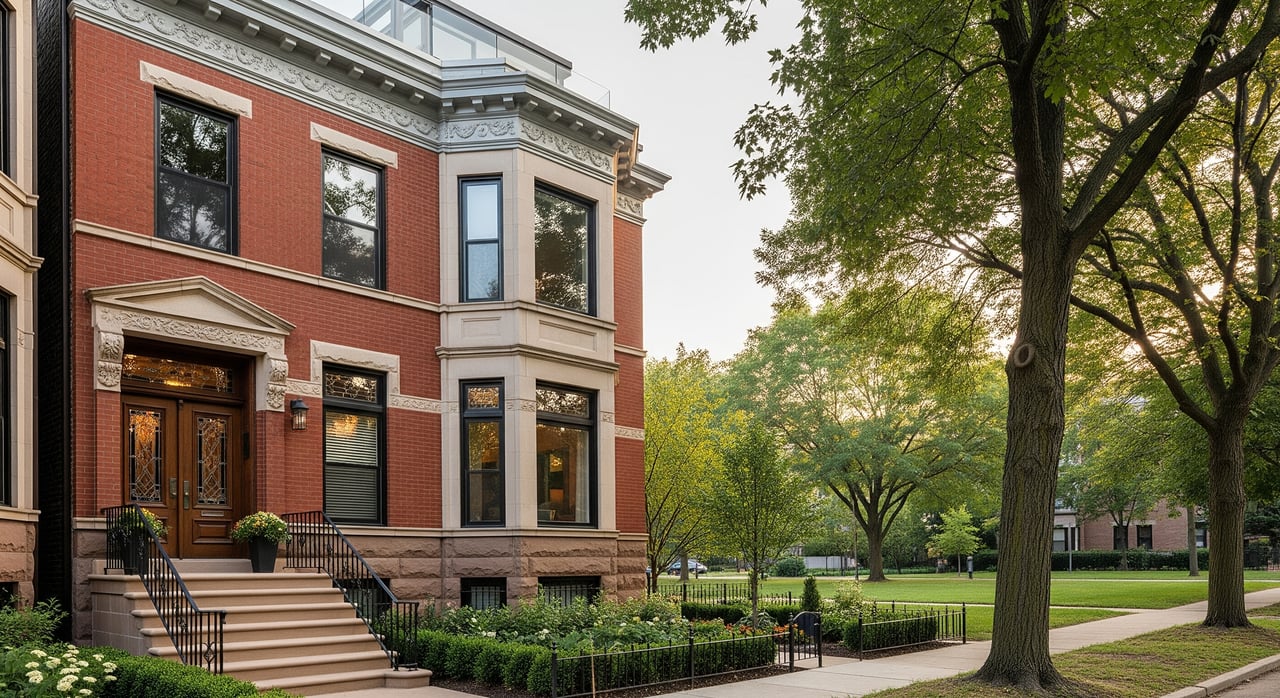Beautiful red brick row homes in the Pullman Historic District. Photo cropped from the original, taken in 2009 by Kymberly Janisch [CC BY-NC-ND 2.0], via Flickr.
In this series of blog posts, we provide a summary of the neighborhoods where we’re currently listing and developing homes. In this post, I’ll be focusing on living in Pullman Chicago.
Situated on the city’s far South Side, the Pullman neighborhood was created in the 1880s by business magnate George Pullman as a planned community — the first planned industrial community in the United States. Pullman’s goal was to recruit workers for his luxury rail car factories by providing them with housing built amid amenities like parks, bank, library, hotel, church, etc. The factory was built in the center of the town, within easy walking distance of all worker-residents.
Former President Barack Obama officially declared the neighborhood’s historic district a U.S. National Monument in 2015. The Presidential Proclamation includes this excerpt that paints a great picture of the town’s conception:
Pullman engaged young architect Solon Spencer Beman and landscape architect Nathan F. Barrett to plan the town and design its buildings and public spaces to be both practical and aesthetically pleasing. Beman designed housing in the simple yet elegant Queen Anne style and included Romanesque arches for buildings that housed shops and services. Though he strove to avoid monotony, Beman imbued the town with visual continuity. The scale, detailing, and architectural sophistication of the community were unprecedented. Barrett broke up the monotony of the grid of streets with his landscape design. Trees and street lights enlivened the streetscape. Unified, orderly, and innovative in its design, the model town of Pullman, then an independent town south of Chicago’s city limits, became an internationally famous experiment in planning and attracted visitors from far and wide…
… the larger, more ornate, and finely finished houses on Arcade Row were reserved for company officers, while junior workers resided in smaller, simpler row houses, and single and unskilled workers resided in tenement blocks with less ornamentation located farther away from the town’s public face.
The ideals the community was built on didn’t quite hold up… head to the “A Bit of History” section below for details on that. However, Pullman is returning to its industrial roots with the recent opening of a method soap factory and a Whole Foods distribution center.
Hotel Florence was named for George Pullman’s daughter and opened in 1881 as a way to show off the town of Pullman to visitors. As of this writing, the hotel is closed for renovations. Photo cropped from the original, taken in 2019 by Eden, Janine and Jim [CC BY 2.0], via Flickr.
Read on to see why it’s always a beautiful day to be living in Pullman Chicago.
Entertainment and Eating
Public art in Pullman. Details about this piece can be found here. Photo cropped from the original, taken in 2014 by Samuel A. Love [CC BY-NC-ND 2.0], via Flickr.
While it’s better known for its history than its current entertainment and dining options, the breadth of community clubs and events makes up for the lack of nightlife in Pullman. And momentum seems to be building by those hoping to make living in Pullman Chicago more hip.
The arts are burgeoning in Pullman. Pullman Artspace Lofts is a new mixed-use live/work space for artists and their families. (They are currently accepting leasing applications as of this writing.) And the Mosnart visiting artist project is an interesting project that has brought both small- and large-scale art to the community. (See above.)
The Pullman National Monument Mural, created by students of the American Academy of Art in 1996. Photo cropped from the original, taken in 2017 by Jay Galvin [CC BY 2.0], via Flickr.
Living in Pullman Chicago puts you in close proximity to plenty of green space. The neighborhood’s parks are Arcade Park, Pullman Park, and Langley Playlot Park. Palmer Park is just two blocks to the west of Pullman, in Roseland, and has recently updated facilities. Gately Park is to the north and has a clubroom and ball fields. Next, the Pullman Community Center is a new facility, a 135,000-square-foot state-of-the-art sports complex. Also, there’s Harborside International Golf Course, a public course (with two 18-hole golf courses) located to the immediate east of Pullman. Finally, in a wonderful story of community-led revitalization, the Historic Pullman Garden Club led the makeover of 5 lots that marked the entrance to the Pullman Landmark District. It is now know as Gateway Garden.
Annual events include a garden walk, arts walk, and the historic Pullman House tour, as well as regular guided walking tours. Also, the Pullman Farmers Market takes places on Wednesdays, from early July through October, 7am to 1pm, at the Pullman City Market.
Food choices include the Pullman Cafe, which opened in 2015 in a historic building, and the newest addition to the neighborhood, One Eleven Food Hall. The latter launched in late spring 2019 with three Southside restaurateurs running three separate food concepts. Argus Brewery is just west of Pullman. Located in the historic Joseph E. Schlitz distribution stables, which were built in the early 1900s, the brewery offers weekly tours. What’s more: Pullman residents know that Old Fashioned Donuts in nearby Roseland is worth the trip out of the neighborhood — the shop has been around for 40 years and their donuts have been called some of the best in Chicago.
The historic Greenstone United Methodist Church in Pullman. It was built in 1882 using serpentine stone quarried in Pennsylvania. Photo cropped from the original, taken in 2019 by Eden, Janine and Jim [CC BY 2.0], via Flickr.
All Pullman visitors and residents will enjoy a visit to the National A. Philip Randolph Pullman Porter Museum to learn about “the legacy of A. Philip Randolph, and the Pullman Porters (i.e., the Brotherhood of Sleeping Car Porters) and their contributions to America’s organized labor and the Civil Rights movements.”
The Numbers
Street signs marking the intersection of E 112th St and S St. Lawrence Ave in Pullman Chicago. Photo cropped from the original, taken in 2004 by Samuel A. Love [CC BY-NC-ND 2.0], via Flickr.
A typical commute to the Loop from Pullman using public transportation takes about 45 minutes, door to door, depending on when you get out the door. To get to O’Hare Airport via public transportation takes about an hour and a half — same with Midway as there’s no direct route. By car, a typical drive to the Loop without traffic takes about 18 to 25 minutes, and a trip to Midway is around 25 to 35 minutes, sans traffic. O’Hare is a 30 to 40 minute drive, again without traffic.
Walkscore.com considers Pullman a car-dependent neighborhood. This means it’s best to have a car when living in Pullman Chicago. The neighborhood has good transit and there is some bike infrastructure.
Zillow does not have data on home values in Pullman.
A Bit of History
The sign marking the beginning of the Pullman Historic District. Photo cropped from the original, taken in 2011 by Don Harder [CC BY-NC 2.0], via Flickr.
Pullman’s history is fascinating, and is why it was named a U.S. National Monument. For this reason, this section is longer than that of most of my neighborhood guides. Anyone interested in living in Pullman Chicago will want to have a general sense of the area’s rich, complicated past.
Pullman’s namesake George Mortimer Pullman came from upstate New York to Chicago in order to work as an engineer in the Loop, raising buildings for positive drainage. It was here that he saw the potential for a business that coincided with the growth of the American transcontinental railway system — rail cars that would improve the experience for passengers.
An outside view of the narrow gauge, passenger coach, the NAHCOTTA. Built in 1889 by the Pullman Palace Car Company of Chicago, IL. Photo cropped from the original, taken in 2014 by A.Davey [CC BY-NC-ND 2.0], via Flickr.
Grumblings began to come from residents who didn’t appreciate the many rules required for living in Pullman, including the banning of alcohol sales (outside of the hotel) and a dress code enforced outside of the home. According to the Encyclopedia of Chicago, “In 1885, Richard T. Ely published an exposé in Harper’s Monthly charging that the town and its design were un-American, a paternalistic system that took away men’s rights as citizens, including the right to control their own domestic environment.”
Pullman was annexed by the city of Chicago in 1889.
Then, in 1893, the worst economic depression in American history to that point hit the country in general and the railroad industry in particular. The Pullman Company responded to a decline in orders by lowering wages — but not the rent on company housing. This led to the Pullman Strike of 1894. It started with a walkout in May. Then, American Railway Union members nationwide boycotted Pullman cars. It disrupted most rail service west of Detroit and was one of the largest labor actions in American history.
As an effort to placate those protesting, Congress passed legislation designating Labor Day a Federal holiday on June 27, 1984. President Grover Cleveland signed it into Federal law the next day.
The Pullman Junction at Chicago West Pullman & Southern, RR SW8. Photo cropped from the original, taken in 1970 by railsr4me [CC BY-NC-ND 2.0], via Flickr.
Even after the strike ended, George Pullman wanted to maintain tight control of the town. The state of Illinois subsequently sued the Pullman Company and, in an 1898 decision, ordered the company to sell all of its residential property in Pullman. George Pullman passed away from a heart attack in 1897. Robert Todd Lincoln, the oldest son of President Abraham Lincoln and general counsel of the Pullman Company during the 1894 strike, succeeded George Pullman as president of the company.
At its founding, the Pullman company frequently hired recently freed former house slaves as porters, whose services were part of the luxurious package on offer when a Pullman rail car was leased to a railroad company. In 1925, labor rights advocate Asa Philip Randolph organized the Brotherhood of Sleeping Car Porters (BSCP) as the first all-African-American union in the country. Then, in 1937, the BSCP won a labor contract from the company for the Pullman porters. According to the Presidential Proclamation mentioned throughout this guide:
The porters remained a group of exclusively African American men throughout the company’s history, playing a significant role in the rise of the African American middle class… By 1937, the Pullman Company had been the Nation’s largest employer of African Americans for over 20 years and Pullman porters composed 44 percent of the Pullman Company workforce. The 1937 contract was the first major labor agreement between a union led by African Americans and a corporation and is considered one of the most important markers since Reconstruction toward African American independence from racist paternalism. The agreement served as a model for other African American workers and significantly contributed to the rise of the civil rights movement in the United States.
Unemployment had a negative impact on Pullman in general in the 1930s. In 1960, when consultants recommended demolishing part of Pullman for industrial expansion, Pullman residents reactivated the Pullman Civic Organization (still active today) in an effort to keep their neighborhood. As part of this campaign, they founded the Historic Pullman Foundation in 1973. Pullman was designated a National Historic Landmark in 1971. In 1994, North Pullman also achieved city landmark status. Since then, the city has joined the two separate districts into one Chicago landmark district.
Classic historical Pullman architecture. Photo cropped from the original, taken in 2019 by Eden, Janine and Jim [CC BY 2.0], via Flickr.
One last fun fact: Pullman has been the filming location for a handful of high profile films, including Road to Perdition and The Fugitive, and — appropriate for the neighborhood’s history — the neighborhood’s buildings inspired the architecture of North Pole City in the 2004 animation Polar Express.
If you’d like to learn more about living in Pullman Chicago, I recommend exploring the following resources:
- The Pullman profile on the National Park Service website
- The Culture Trip’s “Top 10 Things To See And Do In Pullman, Chicago”
- The Historic Pullman Foundation website
- Chicago Sun-Times’ “The Grid: Exploring the Pullman Neighborhood”
- Curbed Chicago’s “A Few Things That All Chicagoans Should Know About Pullman”
- The Pullman State Historic Site
- The Encyclopedia of Chicago’s Pullman entry
- The Pullman Civic Organization
- The Historic Pullman Garden Club
- The Chicago Neighborhood Initiatives’ Pullman Revitalization plan
- Pullman Arts
- The American Planning Association’s description of why they named Pullman one of America’s Great Neighborhoods in 2011
- Chicago Mag’s October 2018 article on “Pullman’s Renaissance”
- WTTW’s write-up and segment on Pullman as part of its “10 Towns That Changed America” feature
- National Parks Conservation Association’s article “Labor Day Has Its Roots in Chicago’s Historic Pullman Neighborhood” (from 2013)
Interested in living in Pullman Chicago? I plan to list some home sin the area soon, so stay tuned. Please feel free to contact me for more information on buying — or selling — a home in Pullman.
